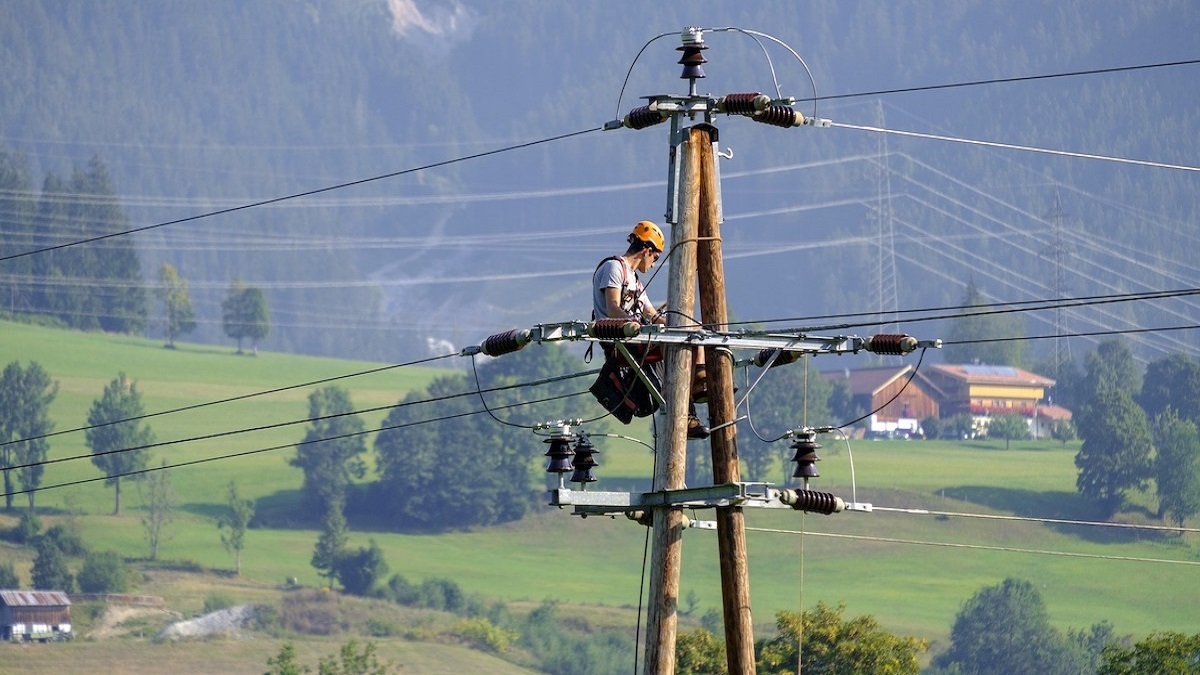Energy volatility has been an important subject of discussion since the winter storm last February turned off power for a large number of Texans and resulted in hundreds of deaths and billions in damages.
A recent article claims that energy executives from MISO, The Midcontinent Independent System Operator, Inc, do not see an end in sight to the system instability that has been brought on by the increase in renewable energy.
“We face a rapidly transforming energy landscape,” MISO CEO John Bear said. Bear believes the industry has become more complex than it was ten years ago. “Load was the only thing that was moving around. Everything else was pretty static and predictable. "Where we stand is not sustainable, and it’s not safe. We have a lot of work in front of us.”
MISO Independent Market Monitor David Patton also addressed the difficulty in securing goals for energy generation and anticipates that the problem will only grow worse. Natural gas use would have somewhat counteracted the decrease in coal usage, but the price increases were too large for that to be practical.
“We’re seeing a lot more output and volatility on the wind side" Patton said.
Wayne Schug, MISO’s vice president of strategy and business development, said a growing renewables fleet and quickly changing weather is creating the spike in volatility and an “inability to deal with it.” Staff predicts that by 2030, 57% of the RTO’s fleet will be dispatchable. Dispatchable resources made up 84% of the fleet in 2020.
Schug said that since 2017, average daily output swings and forecasting errors have grown by gigawatts and percentages points, respectively. He said while the grid operator continues to improve at output forecasting, the increasing wind fleet has counteracted any development.
“I caution you about averages,” Schug said. “Our extremes are much higher.” Moeller went on to explain that on three separate days in 2020, the wind output in MISO's entire fleet of turbines was zero. He also noted that a cloud could cause all solar to “disappear within three minutes.”
MISO performed better than ERCOT during the winter storm last February, in part because it could borrow energy from other grids due to its interconnectivity. During the storm, MISO made warnings of the possibility of rolling blackouts in MISO South (Arkansas, Louisiana, Mississippi, and Texas) and there were over 200,000 outages due to the pressure on the system. Some officials also attributed problems in performance to renewable energy.
"Because energy generation fluctuates with weather, you do not want to be solely focused on building energy projects that depend entirely on the weather" Bill Peacock, Director of the Energy Alliance said. "This does nothing but exacerbate the issue."
Conversely, Texas Governor Greg Abbott defended the performance of the power grid.
"Everything that needed to be done was done to fix the power grid in Texas" Abbott said.
At present, The Public Utility Commission is contemplating its market design and considering proposals from outside groups on what the best means of improvement could be.

